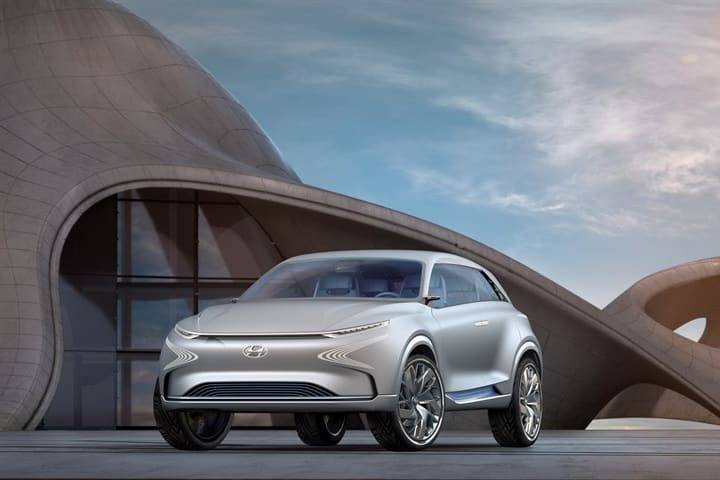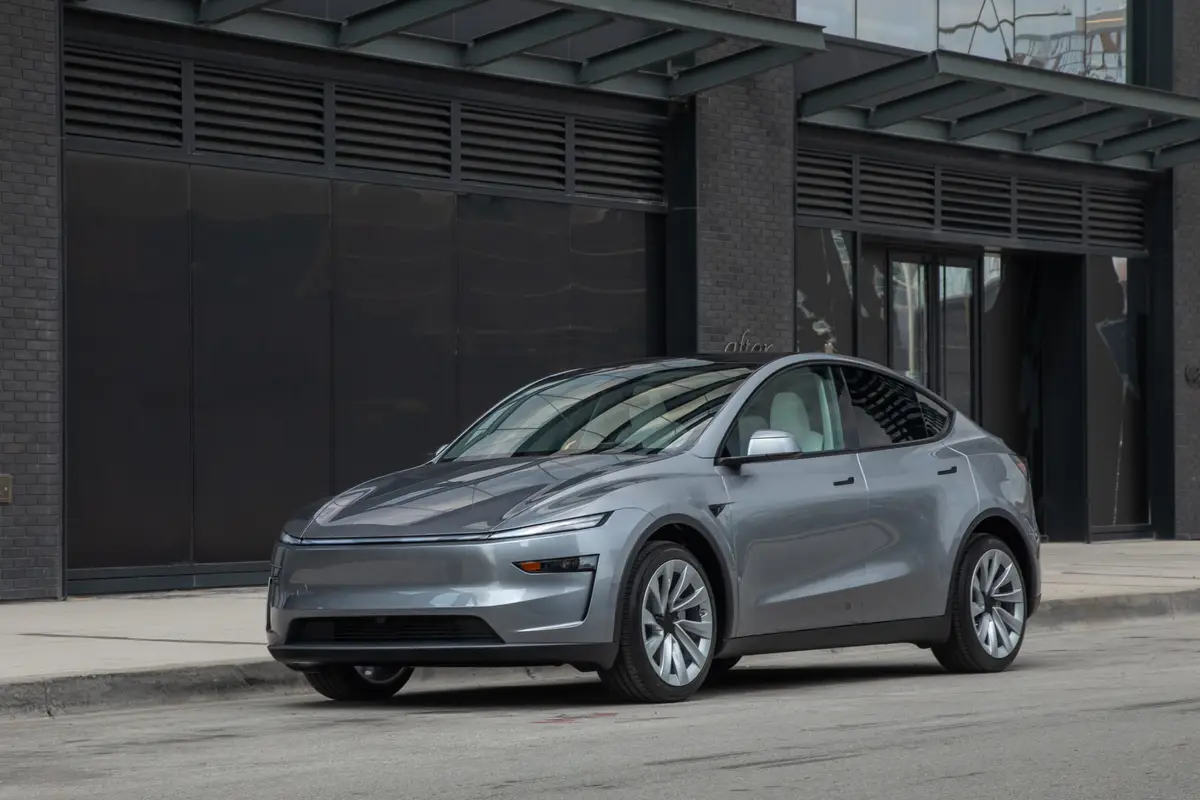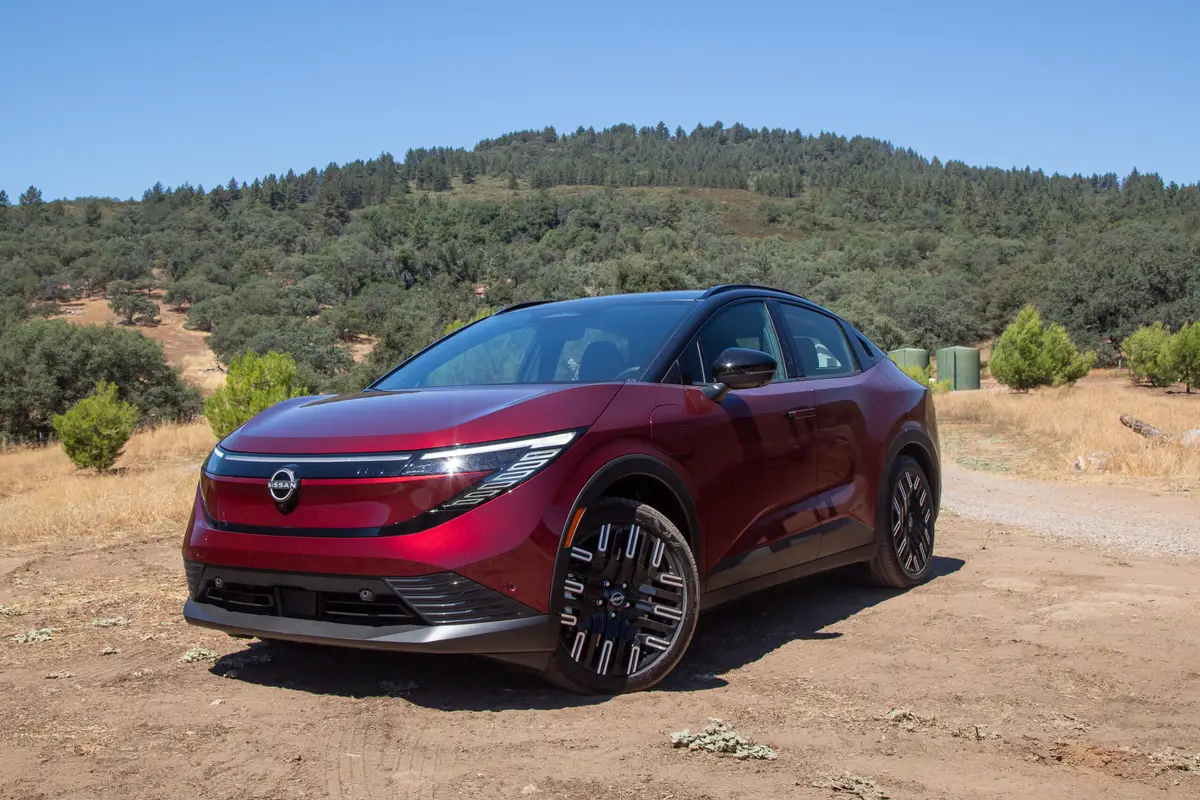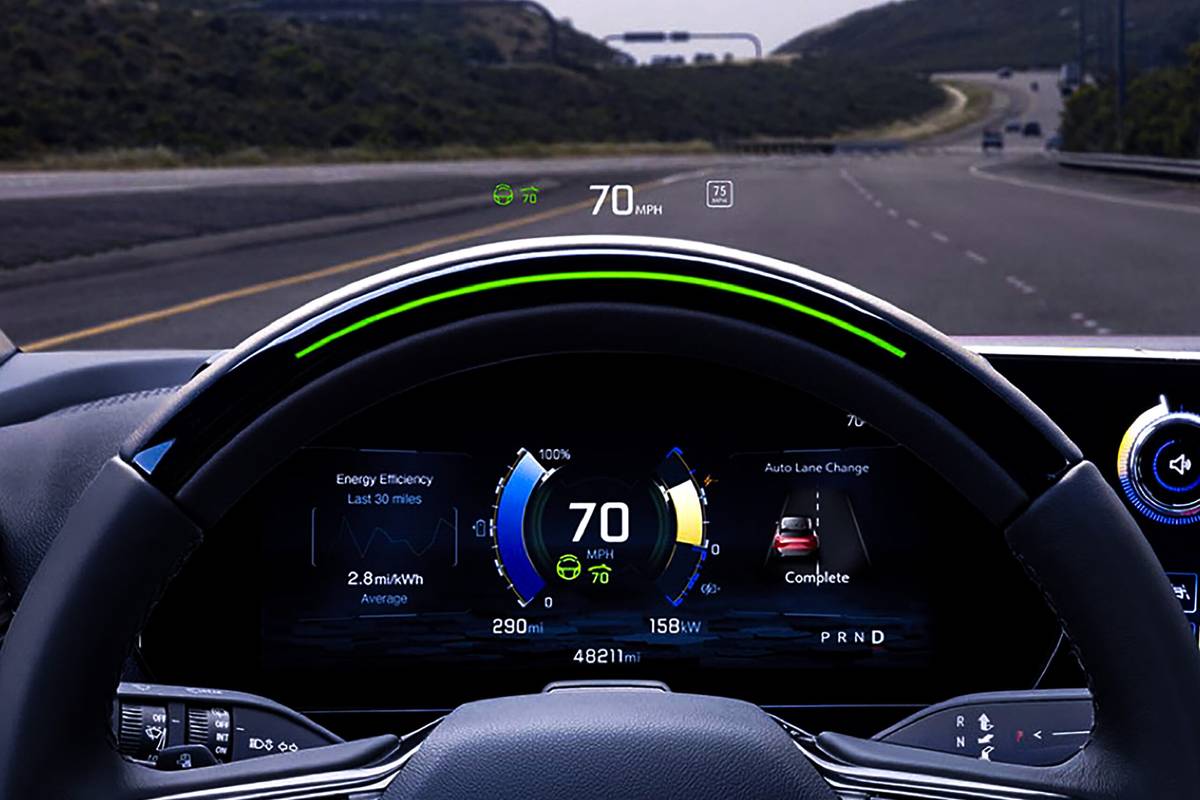Hyundai Bets on Hydrogen With FE Fuel Cell Concept

CARS.COM — The Hyundai FE Fuel Cell Concept is a strong indication that the South Korean automaker believes in a hydrogen-powered future. Of course, with gas prices staying low, it remains to be seen just how far down the road that might be.
Regardless, this concept car — which made its global debut at the 2017 Geneva Motor Show — is proof that Hyundai and sister brand Kia remain serious about developing production-ready fuel-cell vehicles.
Related: 2017 Honda Clarity Fuel Cell Review: First Drive
Why Should I Care? It’s hard to know how much of any concept car is slated to remain only for the auto show circuit. In the case of the FE Fuel Cell Concept, we’re going to skip over the part where Hyundai describes the exterior as being “inspired by nature and water.” It’s worth mentioning, however, that water vapor is this car’s only form of emission.
Hyundai says this concept features a powertrain capable of delivering a driving range exceeding 500 miles per refuel. This hefty number has been promised partly to work around the miniscule hydrogen refueling network. That could — and should — change soon. Hyundai is hoping that’s the case because the automaker is committed to bringing a new fuel-cell SUV to market in 2018.
Audi Acquires Audi-Only Luxury Car Rental Company
Audi has fully acquired Silvercar, an Austin, Texas-based luxury car rental company that has only one make and model available at 15 locations around the country. Hint: It’s an Audi.
No matter which location is chosen, Silvercar has built its business case on the hunch that people are going to want a silver Audi A4 sedan. That perk, along with the company’s promise to deliver a rental experience with no waiting in long lines and with a minimum of extra fees, has helped put Silvercar on the map. You also can’t be pressured into a more expensive model when there’s only one type of car on the lot.
In announcing Audi’s intention to buy Silvercar – boosting the German automaker’s current minority shareholding — Matt Carpenter, Audi of America’s chief financial officer, said the two firms “share a vision for the future of transportation,” and that cementing the relationship allows Audi to grow its “technology leadership into the next era of mobility.”
Why Should I Care? It’s surprising to realize Audi didn’t already own this Audi-only rental company until now. Tech and mobility solutions are important in this acquisition but, at its core, Silvercar continues to serve as a swanky car rental company that holds plenty of appeal for business travelers. It’s not a budget choice, but it does eliminate many rental headaches.
The no-muss, no-fuss approach includes standard features like navigation and in-car Wi-Fi. Airport waiting is largely avoided because booking is done entirely via an Apple or Android app. You pay only for tolls incurred, and refueling is based on local price-per-gallon averages (plus a $5 fee) versus the exorbitant per-gallon prices that can be levied by traditional rental companies. And yes, an Audi looks pretty classy when you’re pulling up for an important meeting.
Moving forward, Audi will certainly strengthen and expand the program to include additional markets and more models — though we’re betting silver remains the only color choice. It’s possible Silvercar will steer itself more toward the urban-centric space occupied by Zipcar by offering short-term rentals that have a higher level of customer care and service.
VW’s Family Tree of EVs Gains Another Branch
Volkswagen is spreading its future family of electric vehicles throughout its entire lineup. Now it’s the German automaker’s Czech-based division, Skoda, which is firmly in the zero-emission crosshairs. Set to appear at the Shanghai auto show in late April, the Skoda Vision E is a fully electric vehicle that borrows heavily from recent VW concepts such as the retro-tinged I.D. Buzz and the more futuristic-looking I.D. Concept.
Like those two cars, a degree of self-driving functionality plays an important role with this Skoda. In the Vision E, the driver is offered Level 3 autonomous driving. As opposed to Level 5, which allows a car to do all the driving all the time, this system allows self-driving operation in more limited circumstances, with the driver having to keep focused on the road ahead. In similar Level 3 systems, a chime or buzzer sounds if the vehicle determines the driver is distracted or has their hands off the steering wheel for too long.
Per Skoda, the Vision E can look for free parking spots and park independently. Once you’re ready to roll, the car will pull itself out of its parking spot for you, too.
Why Should I Care? We likely aren’t going to see Skoda cars and trucks scooting around U.S. roads anytime soon. But you can bet that VW, Audi and even high-end makes like Bentley and Lamborghini (both of which are owned by the VW Group) will start getting into the EV game.
In pure numbers, the Skoda Vision E has a top speed of 112 mph along with an estimated driving range of around 310 miles per charge. That’s comparable to the total range offered by many internal combustion cars and trucks. Skoda promises to have a grand total of five brand-new EV models available by 2025. That EV timeframe also loosely applies to what you’ll see coming from its sister brands, VW and Audi.
Featured stories

Should Tesla Model Y Owners Get the New 2026?


2026 Nissan Leaf Review: Value Victory


